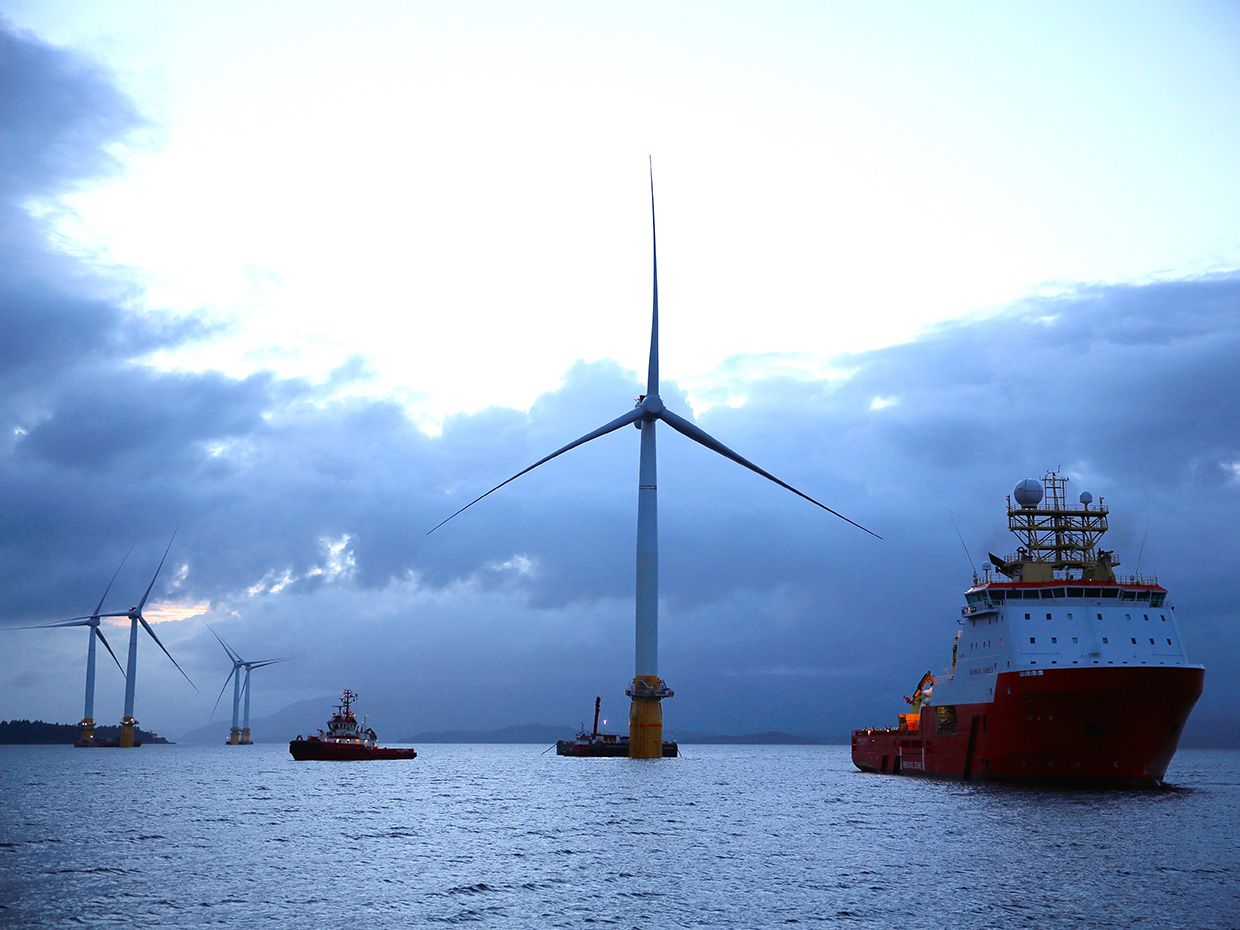On Saturday the world's first floating power plant left St. Petersburg, Russia, towed by two boats. The two-reactor, 70MW floating power plant is headed through the Baltic Sea and north around Norway, to a Russian town called Murmansk, where the boat will receive its fuel.
After a period of time in Murmansk, the power plant will be towed to a small Arctic town called Pevek, according to German broadcaster
Deutsche Welle. The floating nuclear power plant,
called the Akademik Lomonsov, doesn't have any of its own propulsion hardware, so being slowly towed to its destination is a necessity. The company that built the plant, state-owned Rosatom Corporation, said in
a press release that the second stage of the journey, from Murmansk to Pevek, will commence in 2019, with fuel and crew aboard the boat/power plant.
Once the plant reaches Pevek, it will be used to power the 100,000-person town, a desalination plant, and oil rigs. Rosatom says that the
Lomonsov is intended to replace the region's Bilibino nuclear power plant, which provides 48 MW of nuclear power and was built in 1974, as well as the Chaunskaya Thermal Power Plant which is now 70 years old. Bilibino was once the northern-most nuclear power plant in the world, but after the
Lomonsov is in operation it will inherit that title.
The project has not been without the kinds of delays that nuclear projects seem to inevitably face: in 2015, the
Norway-based website Barents Observer wrote that the
Lomonsov would be put into service by October 2016.
Meanwhile, critics are concerned that a floating nuclear power plant is a situation ripe for disaster if the boat encounters extreme weather. In a statement, Greenpeace nuclear expert
Jan Haverkamp cited concerns about the
Lomonsov's flat-bottomed hull and its lack of self-propulsion despite the fact that it is intended the be anchored in relatively shallow water.
Rosatom's press release states that "All necessary construction works to create on-shore infrastructure are underway in Pevek. The pier, hydraulic engineering structures, and other buildings, crucial for the mooring of FPU [floating power unit] and operation of a FNPP [floating nuclear power plant] will be ready to use upon
Akademik Lomonosov arrival."
A likely reason why Russia would want a floating power plant? The region in which it will be stationed is quite remote, and moving machinery out by land is far more expensive than moving it by sea.
Deutsche Welle points out that climate change has made it easier for Russia to use northern sea routes for transportation between the country's west and east.





